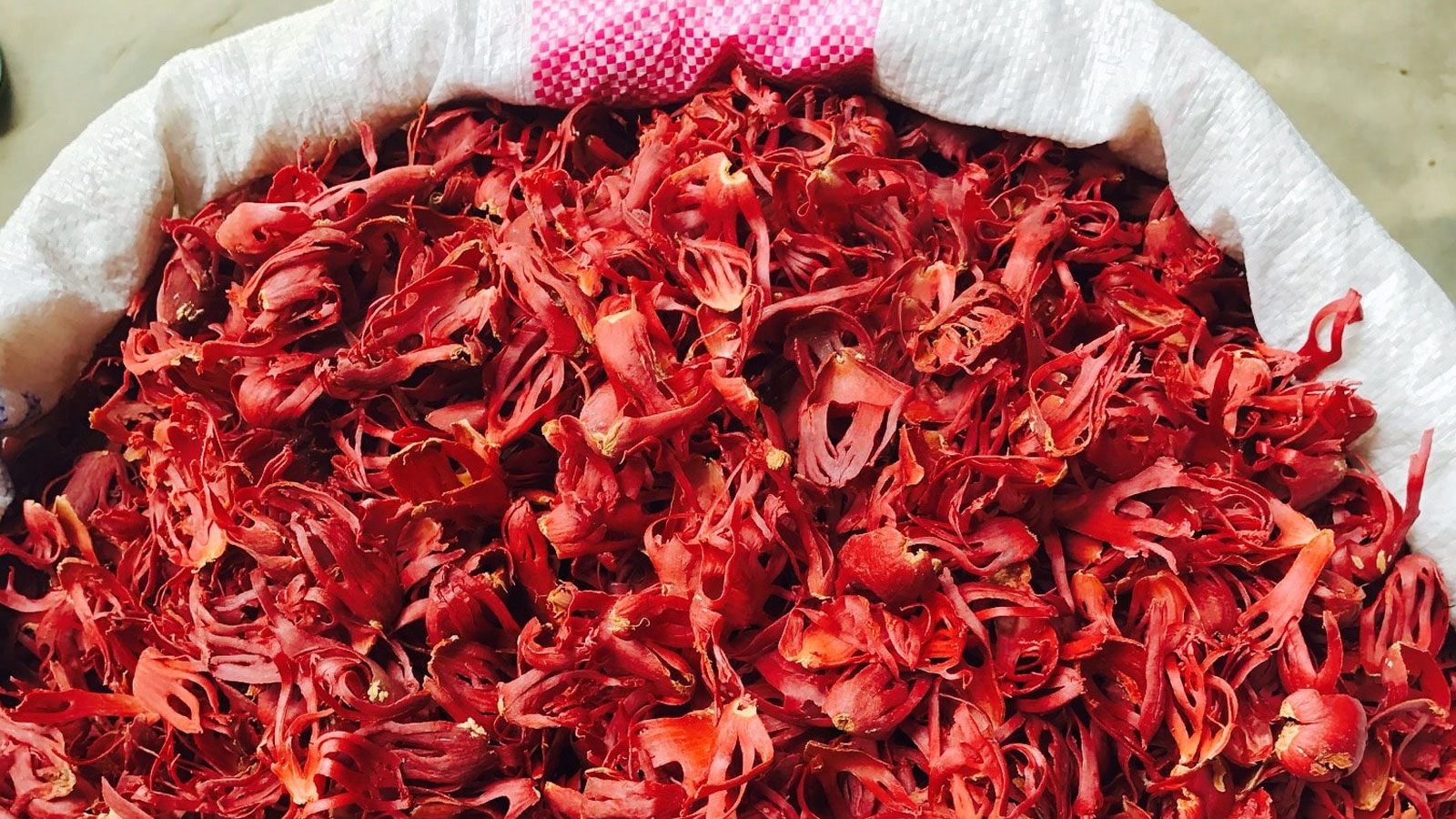
Whereas Sri Lanka's major export crops include tea, coconut, rubber, fruit & vegetable, and spices in terms of volume and value, there's a whole range of other export crops, some of which serve lucrative market niches. Why these export crops count is because even if the volume and value of these exports are not that significant as a percentage of the country’s export earnings, each of these still constitutes and feeds an important export value chain, provide a means of living for thousands of stakeholders including the farmers, and brings in foreign exchange. Also, there's the significant growth potential for some of these export crops given the growing global demand for them. Some of these are also in short supply at a global level while the demand for them is growing exponentially. These export crops include:
Although coffee (Coffea) used to enjoy even a higher position than Ceylon tea at the height of the Ceylon Coffee boom around 1870, the coffee rust that ensued the peak shortly all but decimated the flourishing coffee cultivations in Sri Lanka. In 2020, the value of Sri Lanka’s total coffee exports amounted to US$316,541. Ceylon Coffee enjoys has caught the world’s attention as a speciality coffee producer, a lucrative and growing niche market. It holds significant growth potential further.
Cocoa (Theobroma cacao), yet another export crop from Sri Lanka, is mostly processed into chocolate. It also goes into the manufacture of intermediate cocoa products such as cocoa liquor, cocoa butter, cocoa cake, and raw cocoa powder. Cocoa powder is used in flavouring biscuits, ice cream and many other dairy products, drinks, cakes, and in the manufacture of coatings for confections and frozen desserts. It is also used in the beverage industry. Cocoa butter is used in the manufacture of chocolates, soap, cosmetics, and medicinal products.
Betel (Piper betel) is an evergreen, perennial climbing plant that’s cultivated all over Sri Lanka. The commercial product is the betel leaf, chiefly used for chewing with Arecanut, slaked lime, tobacco, and some other ingredients. Betel leaves claim a higher economical and medicinal value but, for ages, it has been widely used for chewing, which can be mildly intoxicating, and for ceremonial occasions along with other condiments. Several value-added products from betel leaves have been formulated, which encompass betel mixed mosquito repellent coils and cream, toothpaste, mouthwash, shampoo, face cream, instant betel quid and pellets.
Discover Betel Leaves Exporters from Sri Lanka >
Citronella grass (Cymbopogon nardus and Cymbopogon winterianus) is a clump-forming perennial grass endemic to tropical Asian countries like Sri Lanka, Indonesia, Burma, and India. It could grow up to 2m and have red base stems. It’s used for extracting Citronella oil, an essential oil used in soap, candles, and insect repellents. It’s both an effective and popular mosquito repellent. It can be used as a spray or as a diffuser. Further, the Citronella oil is sometimes infused in creams and ointments to be used as a topical application.
Lemongrass (Cymbopogon citratus) is a type of tall, perennial grass. It has about 45 species native to Australia, Africa, and Asia with their tropical and sub-tropical climes. The stalk of the lemongrass is used as a culinary herb, especially in Southeast Asian cuisine. It is used in both fresh and dried forms to concoct a nutritious tea and also as a herb to flavour food. Lemongrass emits an aroma that is strikingly similar to the lemon’s; hence, the name lemongrass. The essential oil made of lemongrass can be used as a fragrance for personal care products such as deodorants, soaps, and cosmetics. Moreover, the citral component in lemongrass can serve as an insect repellent.
Goraka or Garcinia (Garcinia quaesita), another export crop from Sri Lanka, is a medium evergreen, shade-loving, and slow-growing tree typically found in the local tropical rainforests of Sri Lanka. It’s the dried peel of the fruit of Garcinia quaesita that is used as this exotic spice, a potent souring agent like lime juice and tamarind. In Sri Lanka, Goraka has been used for culinary and medicinal purposes for centuries. Now the spotlight has been turned on Goraka as a popular spice in the world because of its potential as a dietary supplement for weight loss and appetite control.
Areca nut (Areca catechu L) is also an export agricultural crop in Sri Lanka. The fruit of the Areca palm, commonly called ‘areca nut’, is mainly used for chewing with betel leaf in almost all South Asian Countries and many Southeast Asian and Oceanic countries. It is a mild stimulant that causes a mild hot sensation to the body. Areca nuts are used both in fresh and dried forms. The origin of the areca nut hasn’t been conclusively established yet and the views and inferences on the matter heavily diverge. Different researchers have discovered wild species of the genus in Malaysia, The Philippines, India, Sri Lanka, Thailand and the Sumatra Islands of Indonesia.
All these export crops have more than considerable growth potential and their production can be developed further with strong support from the government particularly in terms of allocation arable land, financial assistance and technical assistance in yield enhancement and disease control. Also, facilitation of the manufacture of value-added products as opposed to commodity exportation can open up significant growth opportunities for these valuable export crops from Sri Lanka.
Crops like betel leaf, areca nuts, cocoa, and vanilla are also exported by Sri Lanka in addition to the variety of fruits, vegetables, and spices. The eco-friendly methods of production and fast growth of the industry open up new possibilities for exports.